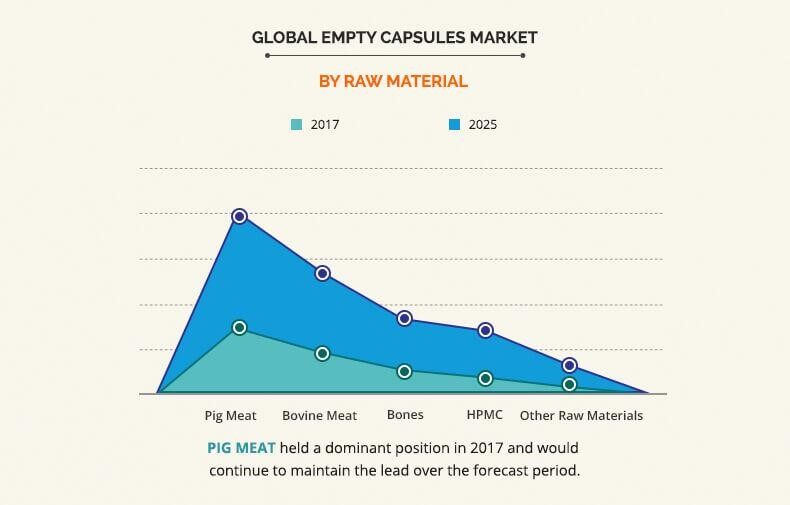The first patent of the capsule which is for replacing the gelatin-based capsule in the market was filed in 1950 by HW Murphy of Eli Lilly and Company. There were many problems with the early HPMC, and Taizo Yamamoto, Kenji Abe, and Seinosuke Matsuura et al Qualicaps Co Ltd proposed improvement project (US Pat. Nos. 5,264,223 and 5,431,917). Then the project is further improved by Suheung Capsule Co., Ltd., Warner-Lambert Company, etc. The first trademark Vegicaps was registered by G S Technologies Inc. (now owned by R.P. Scherer Technologies) in 1989. Compared to gelatin capsules, HPMC capsule is with a higher price due to its more complex process and more expensive raw materials.









